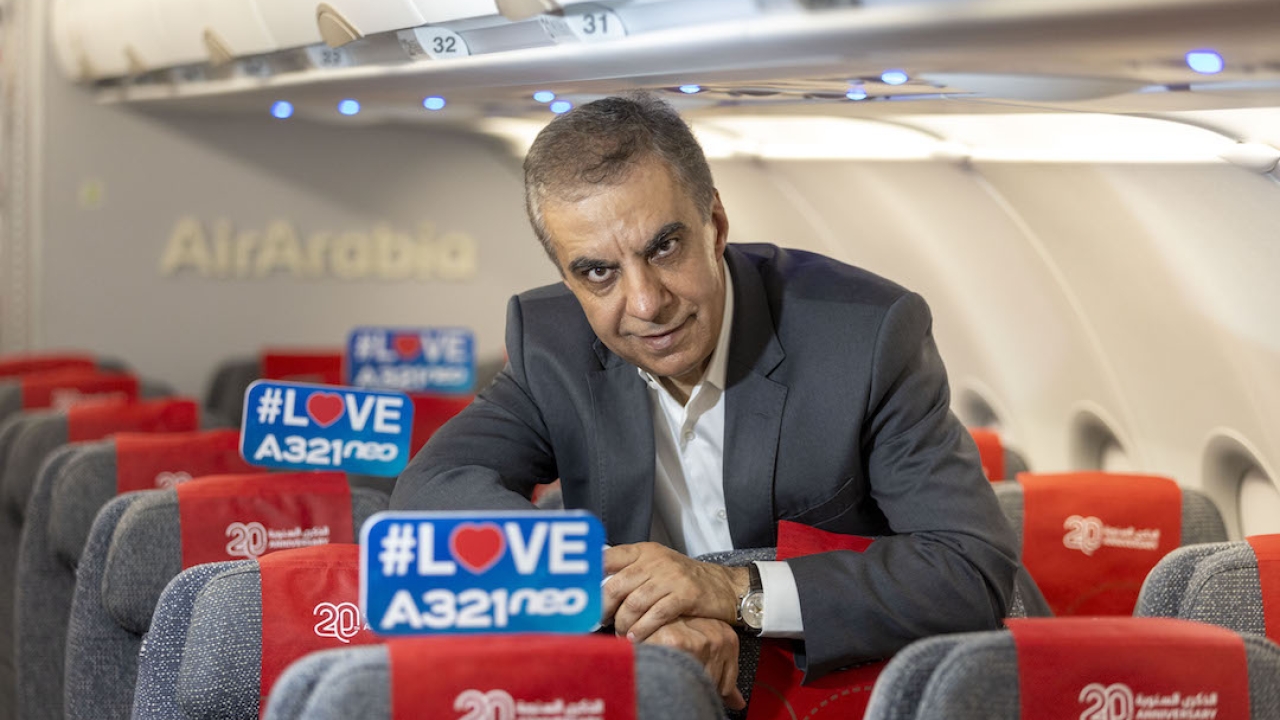UPS freighter had radio failure and fire before fatal crash

Saif al Suwaidi, the director-general of the UAE’s General Civil Aviation Authority (GCAA), was reported in Abu Dhabi newspaper "The National" as saying the UPS Flight 6 had been unable to change radio frequency after entering Bahraini airspace.
“Because of the radio problem, the pilot was obliged to stay with Bahrain air traffic control,” he told the newspaper. “We were both relaying messages through Bahrain.” He said the cause of the radio problem was unknown.
According to the GCAA’s preliminary report into last week’s crash, the two crew on board reported smoke in the cockpit and trouble maintaining the plane’s altitude.
“The pilots were outside UAE airspace at the time of the emergency – they were in Bahrain,” Mr al Suwaidi said. “It is usually the case that when an emergency is declared, the pilot has the right to choose the airport.”
The pilots chose to return to Dubai International Airport after issuing the distress call, despite being in Bahraini airspace and only able to communicate with Bahraini air traffic control, according to Mr al Suwaidi.“The pilot asked Bahrain to communicate with the UAE to pass through the request to land in Dubai,” he said. Control then cleared all traffic in Dubai and Sharjah to allow them the option to land at either airport.
The GCAA has also confirmed that both flight data recorders – known as black boxes – have now been retrieved from the wreckage. and were said to be in “reasonable” condition, according to the GCAA.
Both the data recorder and the voice recorder have been sent to the US for examination,
Stay up to date
Subscribe to the free Times Aerospace newsletter and receive the latest content every week. We'll never share your email address.

